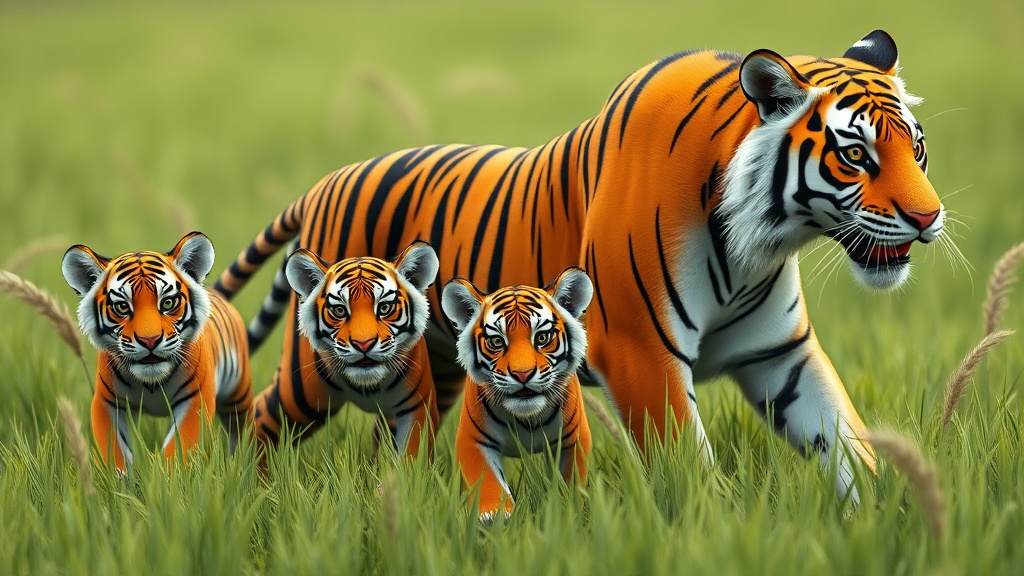Home / Environment / India's Forests Grow by 1,445 sq km, Reaching 25.17% of Land Area
India's Forests Grow by 1,445 sq km, Reaching 25.17% of Land Area
7 Oct
Summary
- India's total forest and tree cover increased by 1,445 sq km since 2021
- India ranks 3rd globally in average annual forest area gain
- India now has 1,022 protected areas covering 5.43% of its territory

According to the latest India State of Forest Report, as of October 2025, India's total forest and tree cover has increased by 1,445 sq km since 2021, bringing the country's green cover to 25.17% of its land area. This includes 21.76% forest cover and 3.41% tree cover.
India's conservation efforts have also seen significant progress over the past decade. The country now maintains 1,022 protected areas, encompassing 178,640 sq km or 5.43% of its geographic territory. This includes national parks, wildlife sanctuaries, conservation reserves, and community reserves, some of which are designated as tiger and elephant reserves.
Furthermore, India has achieved a remarkable milestone by expanding its network of Ramsar-designated wetlands from just 26 in 2014 to 91 by mid-2025, making it the country with the most Ramsar sites in Asia and the third-largest globally. These wetlands cover 1.35 million hectares, showcasing India's commitment to wetland conservation.



